![]() Yes, yes, I know it’s Saturday. I was running a bit late this week anyway, and then there were 3 magnitude 7s beneath the Philippines to have a look at. Indeed, there has been lots of seismic action in the Papua New Guinea region this week. The area is very complicated tectonically: it’s a collisional belt involving a number of small microplates interacting with each other.
Yes, yes, I know it’s Saturday. I was running a bit late this week anyway, and then there were 3 magnitude 7s beneath the Philippines to have a look at. Indeed, there has been lots of seismic action in the Papua New Guinea region this week. The area is very complicated tectonically: it’s a collisional belt involving a number of small microplates interacting with each other.

At the beginning of the week, there were three large shocks beneath New Britain, where the Solomon Sea plate is subducting northward beneath the Bismarck Sea plate.

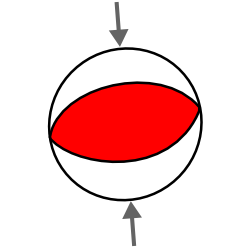
2. 18th July, Magnitude 7.3; Depth 35 km
Half-hour after the M6.9. Focal mechanism indicates N-S compression.
USGS Page
Later in the week, there were also large shocks a few 100km to the east and west of the New Britain sequence. I note these with the usual caveat that while nearby large earthquakes might have given a little nudge to areas that were already on the verge of rupturing, proving any direct connection is exceedingly difficult.

4. 21 July, Magnitude 6.1, N of Halmahera, Indonesia; Depth 102 km
E-W compression, but with a large strike-slip component. The latter might be related to the fact that this earthquake is associated with a subduction zone (the Philippine plate moving westward beneath the Sunda plate) that appears to be offset by a transform fault just to the south of the rupture.
USGS Page

5. 22 July, Magnitude 6.2, Vanuatu; Depth 35 km
Focal mechanism indicates E-W compression, so is clearly associated with eastward subduction of the Australian plate beneath the arc.
USGS Page
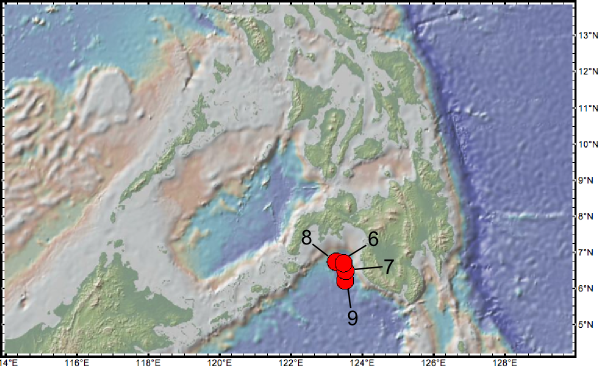
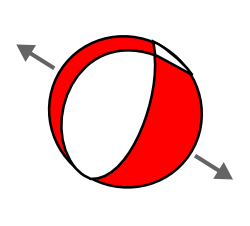
6. 23 July, Magnitude 7.3; Depth 605 km

8. 23 July, Magnitude 7.4; Depth 616 km
25 minutes after M7.6.
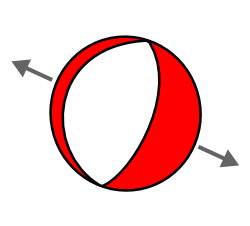
9. 24 July, Magnitude 6.5; Depth 564 km
Notes:
- Focal mechanisms explained.
- The first tectonic map is cropped from this rather cool global one.
- Other maps generated with GeoMapApp.

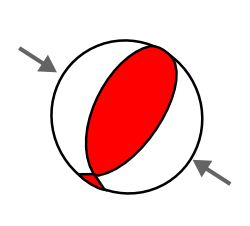
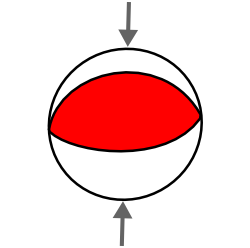



Comments (5)